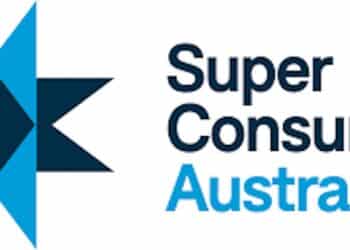DBA Lawyers director Daniel Butler said most SMSF practitioners will already be aware that from 1 July 2017, the non-resident CGT withholding regime applied to all Australian real property or indirect Australian real property with a market value of $750,000 or more, unless a vendor shows the purchaser a clearance certificate from the ATO.
Where a foreign resident disposes of certain taxable Australian property, the purchaser is required to withhold 12.5 per cent purchase price and pay that amount to the ATO, he reminded practitioners.
“Section 14-210 of the Taxation Administration Act 1953 (Cth) (TAA), sets out the test on whether an entity is a relevant foreign resident at the time of the transaction. As with all tax residency issues, this is a complex and multifaceted test,” said Mr Butler.
Mr Butler explained that the withholding regime is also likely to be relevant to SMSFs whenever an acquisition or transaction relating to real estate in Australia occurs.
SMSF trustees purchasing property, he said, are required to withhold 12.5 per cent of the purchase price just after the acquisition unless a clearance certificate is obtained from the vendor or another exception under the TAA is satisfied.
“The Australian resident entity or their representative, the SMSF trustee or its tax agent, can complete an online application for Australian residents available from the ATO’s website,” he said.
“It is the vendor’s responsibility to obtain the clearance certificate and provide it to the purchaser at or before settlement. Where a valid clearance certificate is provided, the purchaser is not required to withhold.”
The meaning of acquiring a CGT asset is broadly defined, he said, and covers any acquisition where someone becomes the asset’s owner unless an exception applies.
It therefore also applies to a number of different SMSF transactions, including transfer in kind of business real property by a member to an SMSF trustee.
“The SMSF trustee becomes the owner of the property at this time. Even if the transfer is for no valuable consideration, the withholding regime is still applicable and a clearance certificate needs to be provided to the SMSF trustee by the member,” Mr Butler explained.
It also applies to transactions were there is a lump sum payment in kind of residential property from an SMSF trustee to a member.
“The withholding regime must be managed as a change of ownership occurs and a clearance certificate needs to be provided to the member by the SMSF trustee,” he said.
It will also apply, he said, where a transfer of property from a retiring SMSF trustee to a new individual or corporate trustee or to the continuing individual trustee occurs.
“One of the real hassles of having individual trustees is that there could be ongoing retirements and appointments in an SMSF’s lifetime. For example, if an individual trustee dies, the assets need to be transferred to the surviving trustees, which may require a new individual trustee or a corporate trustee to be appointed,” Mr Butler noted.
“On each change of trustee, the title needs to be transferred and thus, the withholding regime needs to be managed.”
There may be certain exceptions available, he said, where an asset passes to a legal personal representative on the death of an individual, or an individual acquires the asset upon the death of an individual as the surviving joint tenant.
He warned practitioners that there are various penalties that apply for non-compliance with the withholding regime.
“These include administrative penalties in relation to clearance certificates where a person makes a false or misleading statement in connection to the Commissioner and penalties for failing to withhold,” he said.
“The offence of failing to withhold is one of strict liability, meaning that a potential withholder will be liable for the offence even if they did not intend to fail to meet a withholding payment obligation.”



Could things get any more complicated for the SMSF sector. Advisors must be rubbing their hands with excitement as unwitting trustees flounder in a sinking dam of legislation tax fees and compliance strangle the life out of smsfs